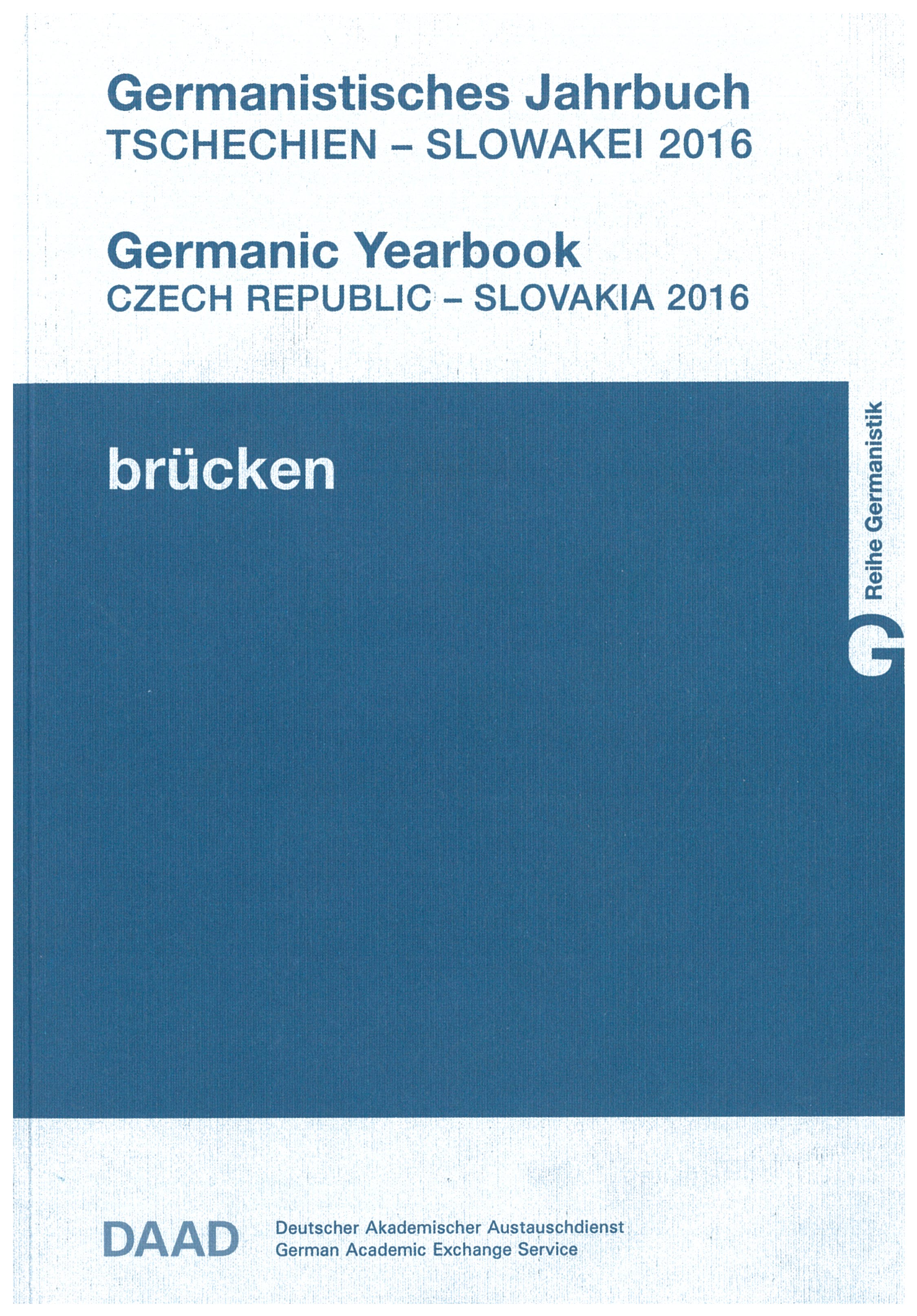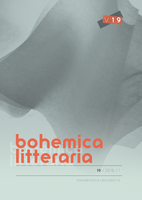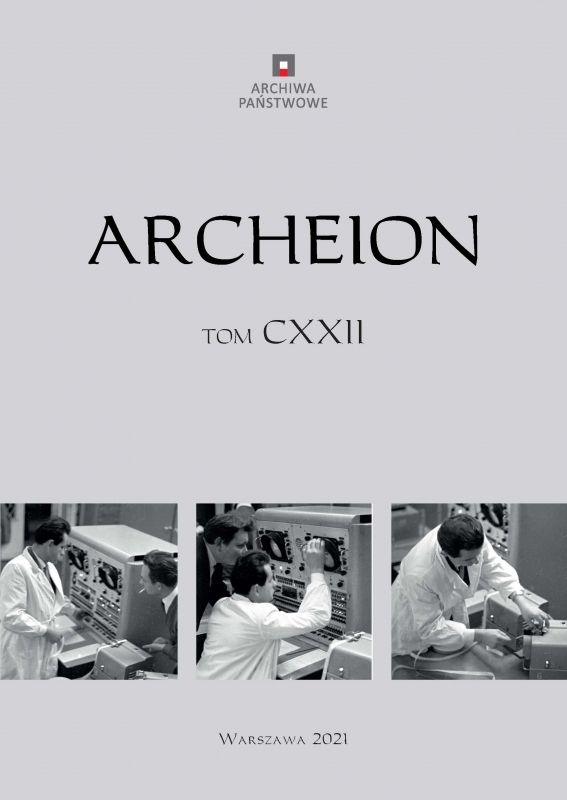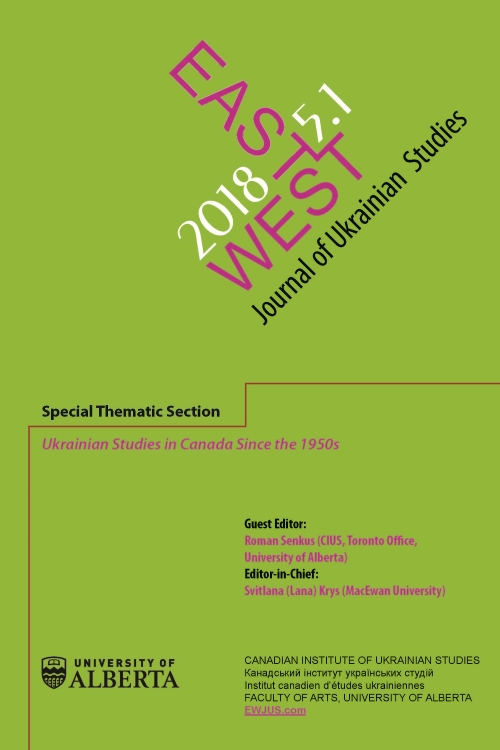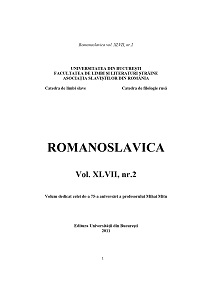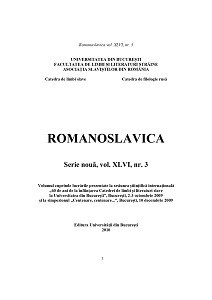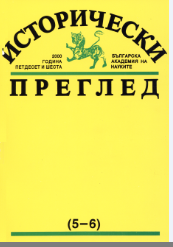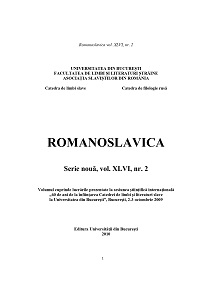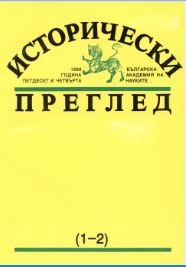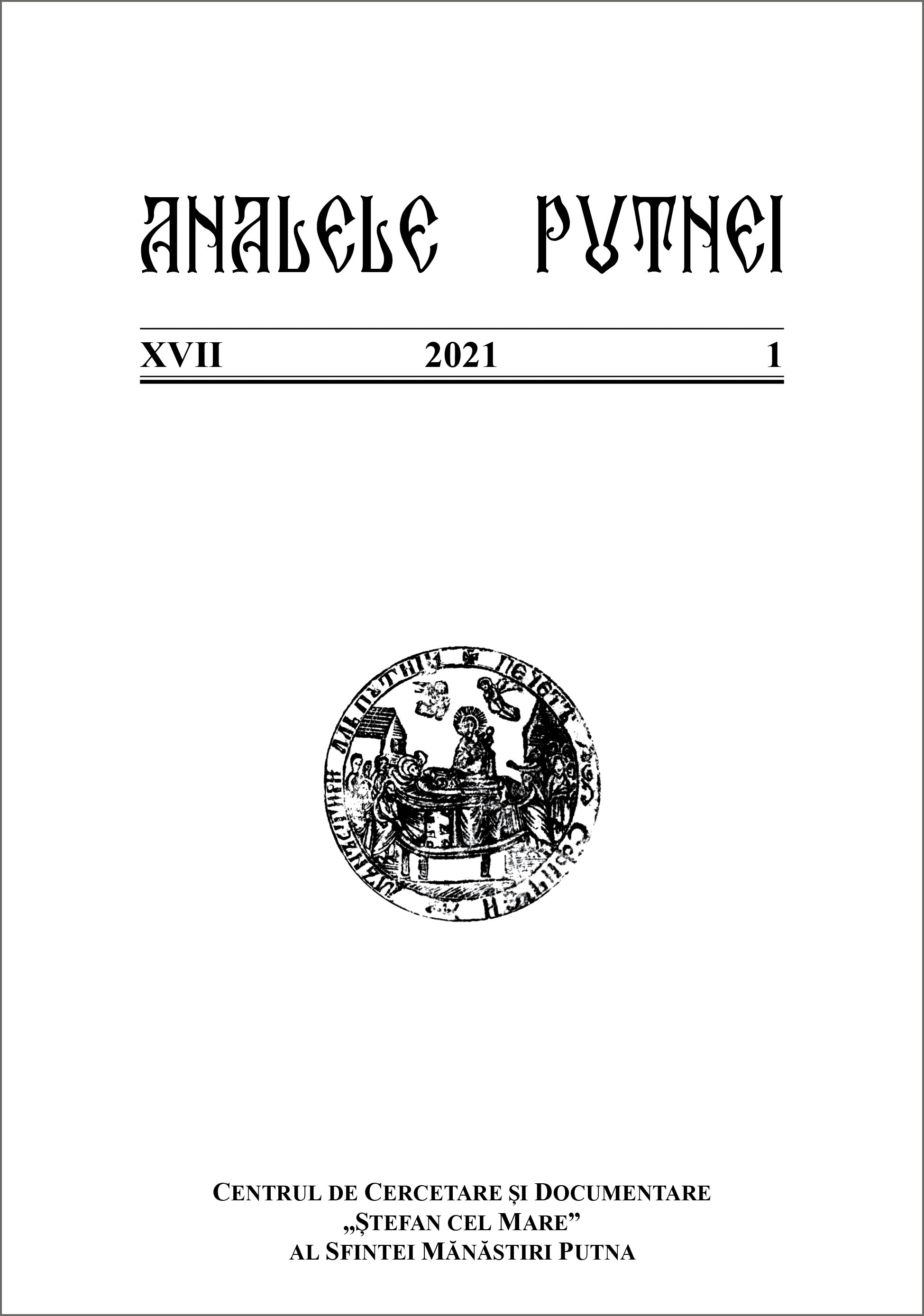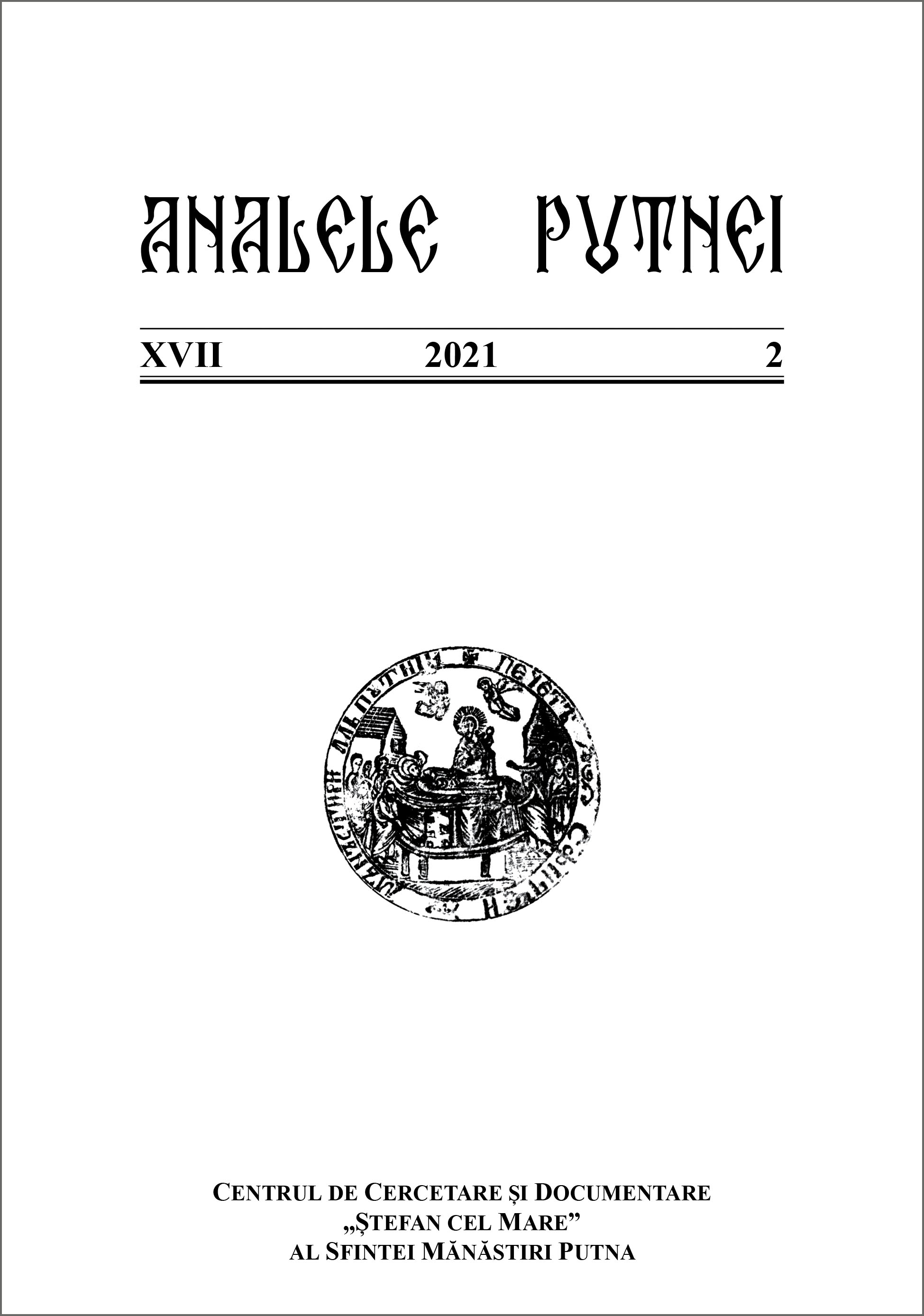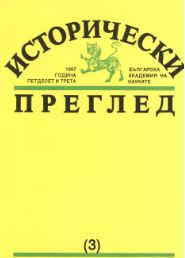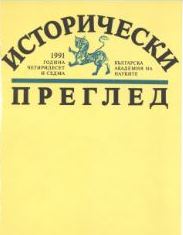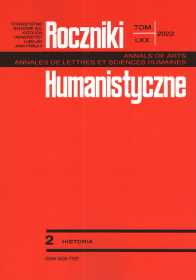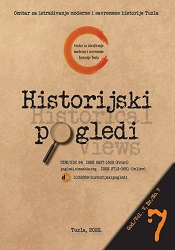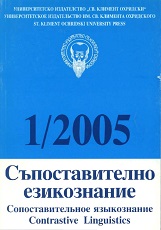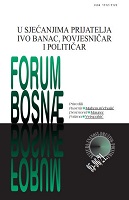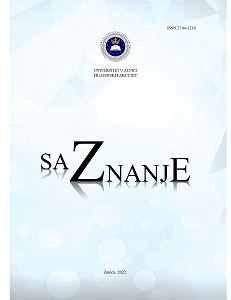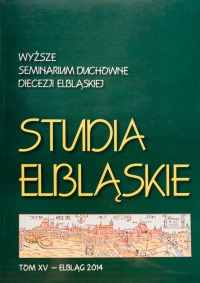Author(s): Nada Tomović / Language(s): Bosnian
Issue: 7/2022
The aim of this paper is to show how and why the Ottoman Empire built so many mosques in a geographically small area of Upper and Middle Polimlje (today 's Montenegro). In this area, mosques where built since the Ottoman occupation in the middle of 15th century to the end of Ottoman rule. This area was of exceptional strategic importance for the Ottomans, especially in the 17th and 18th century. Thus, a large number of mosques were built during this period and new urban settlements arose around them. Although those were mostly smaller mosques, some of them were built by the sultans. The Ottomans ruled this area from 1455 to 1912. We have data on the construction of the first mosques shortly after the area fell under the Ottomans. In the beginning, the mosques were built in fortifications for the needs of the army. With the establishment of new towns, the mosques were built for the needs of the rest of the population. We can follow the construction of mosques in this area through the change of the ethnic structure of the population. The establishment of Ottoman rule changed the ethnic and religious structure of the population. This is common for all towns in the Balkans under the Ottoman rule, including those in today's Montenegro. There are huge differences in the structure of the population at the beginning and end of the Ottoman rule. The ethnic structure of squares and towns at the time of the establishment of Ottoman rule corresponded to the structure of the population of the surrounding villages and even wider regions. Today 's area of Middle and Upper Polimlje was inhabited by the Orthodox population before the arrival of Ottomans, which is confirmed by domestic and foreign sources. With the arrival of Ottoman Empire, Muslims appeared more and more often in squares and towns and in time they grew into the mafority of the population in the area of Upper and Middle Polimlje. In the beginning, they were soldiers, officials, clergy, craftsmen, merchants and others, and later, increasingly, the local the spread of Islam element. The spread of Islam of the Christian population began with the establishment of Ottoman rule. It was more intensive since the 1530s and especially in the second half of the 16th century. Mass the spread of Islam in Montenegrin towns was completed by the middle of the 17th century. Change of the religious structure of the population of Upper and Middle Polimlje did not take place with the same intensity and at the same time. That depended on a number of factors, so the results were different. Bihor received an Islamic garrison at the time of its conquest in 1455, so it developed as a Muslim settlement from the beginning of Ottoman rule. The local population in and around the town was also affected by the spread of Islam. The construction of Gusinje and Plav as military strongholds and the seat of the Ottoman administration led to major changes in the structure of local population. Muslims came to these places and then Muslim cultural and religious institutions were built. The spread of Islam of the local population began as well, which was Orthodox in the Plav nahiye until the end of the 16th century. This process, as well as the emigration of part of Christians, completely changed the religious structure of the population during the 17th century, not only in those two places but also in the surrounding villages. The increase of the Muslim population in the whole area of Polimlje came especially after the Treaty of Karlowitz (1699), when a large Muslim population came to these areas from the territories which were no longer under the Ottoman rule. In the J 680s, the Ottoman government managed to quell many uprisings in this area, which influenced many Christians to leave the area. By the middle of the 18th century, the Muslim population became dominant in Upper and Middle Polimlje. The increase of Muslim population imposed the construction of religious buildings, ie. mosques. The construction of mosques intensified and followed the growth of the population of the Islamic religion. Since these areas were located on the edges of the Empire, the architecture there was under special and specific influences. The largest number of mosques built during the Ottoman rule in this area were mosques with a hipped roof, built of wood or a combination of wood and brick. This type of construction must be connected with the geographical specifics of the area. Mosques with domes were also built, but not often. They were made of stone or less often of stone and brick. This paper attempts to give an overview of the construction of mosques during the Ottoman rule in Upper and Middle Polimlje, their architectural characteristics and who were their founders, but also to give a critical observation at how religious intolerance, political circumstances and social negligence contributed to the devastation or complete destruction of many of these cultural treasures.
More...
